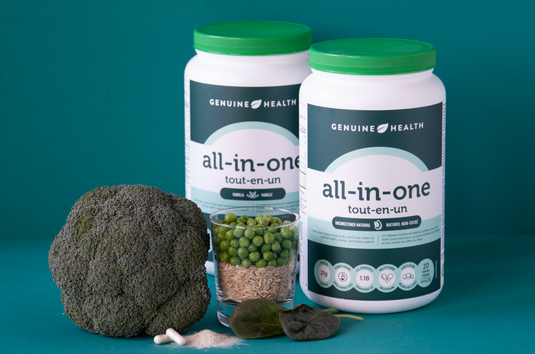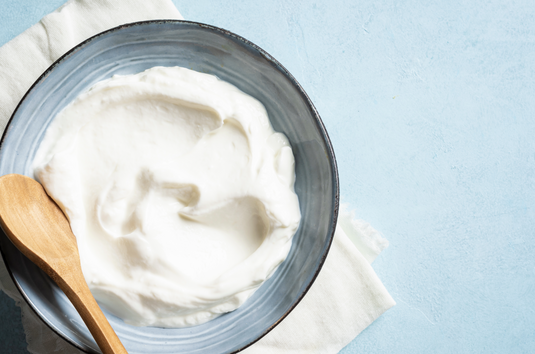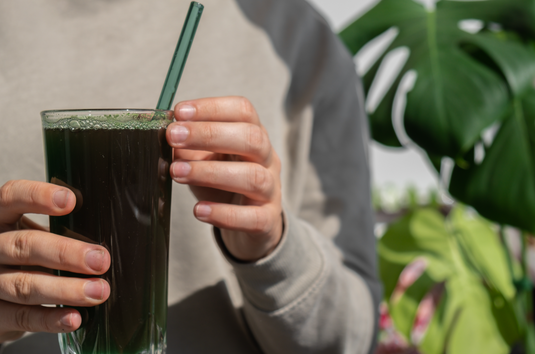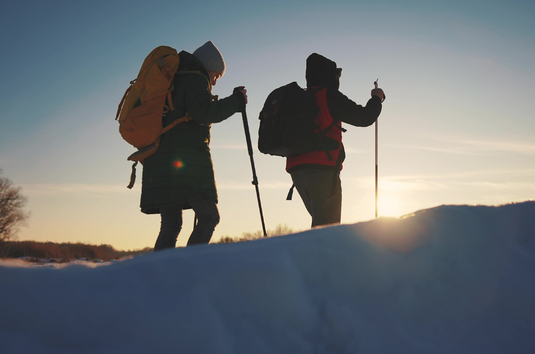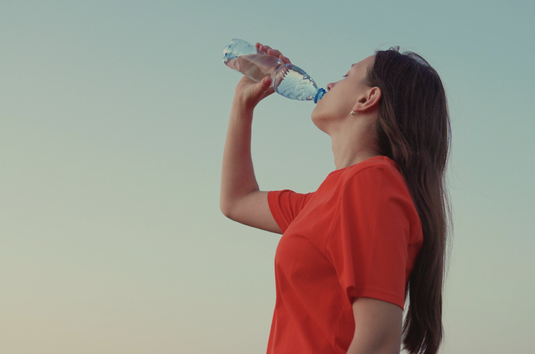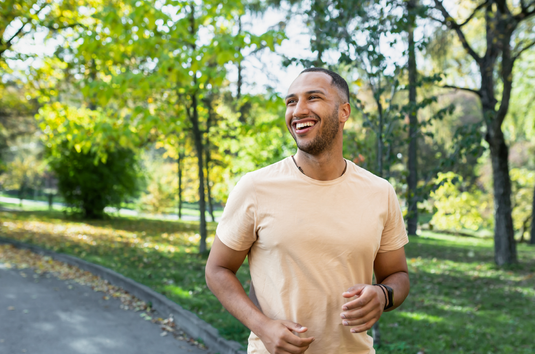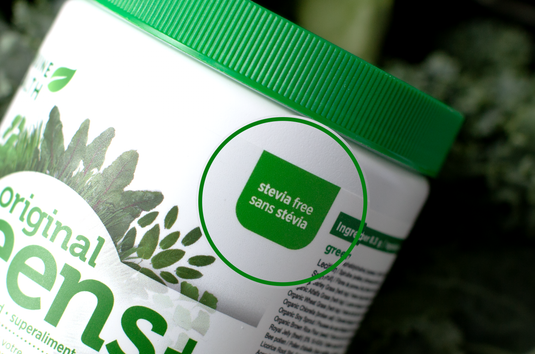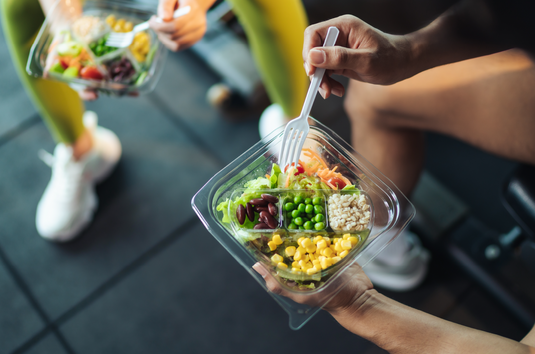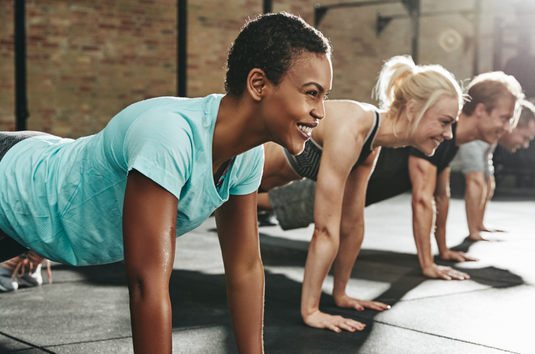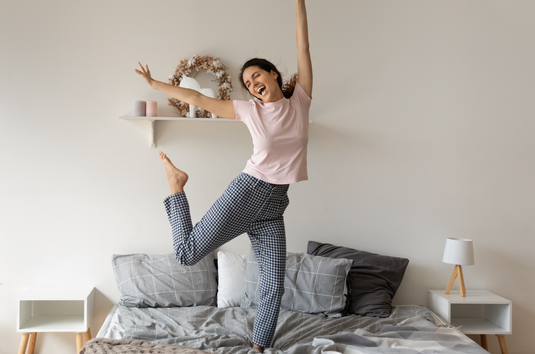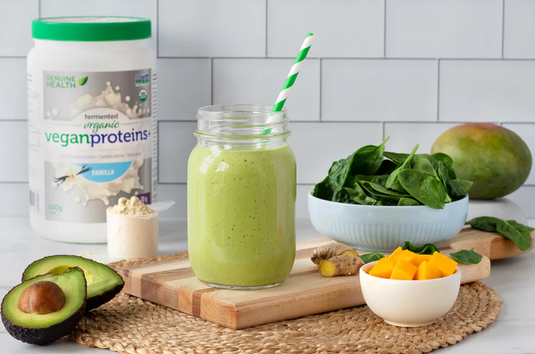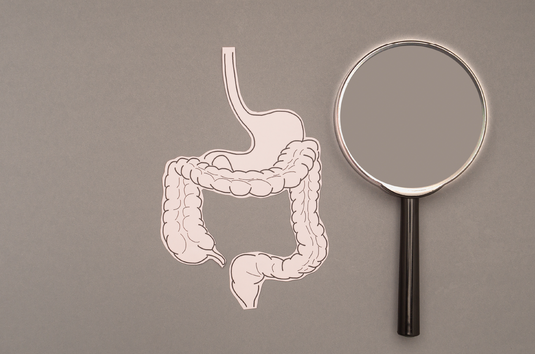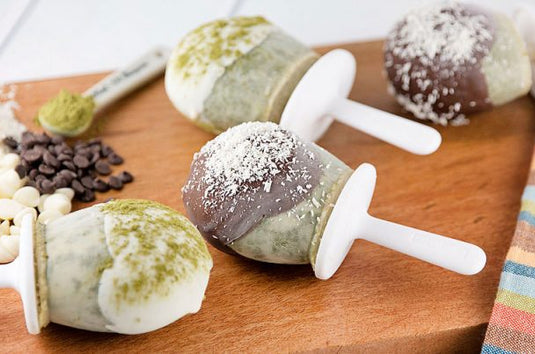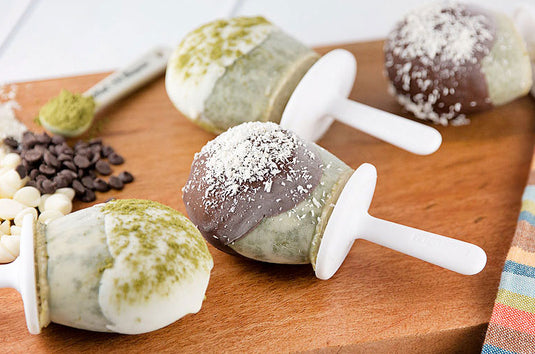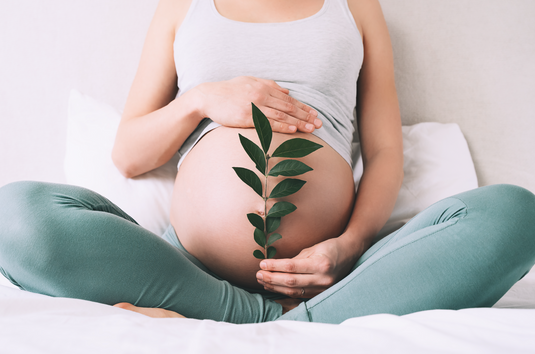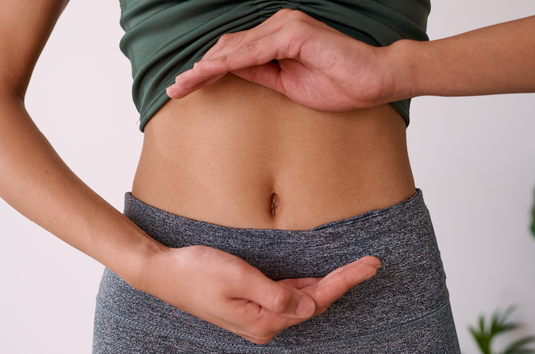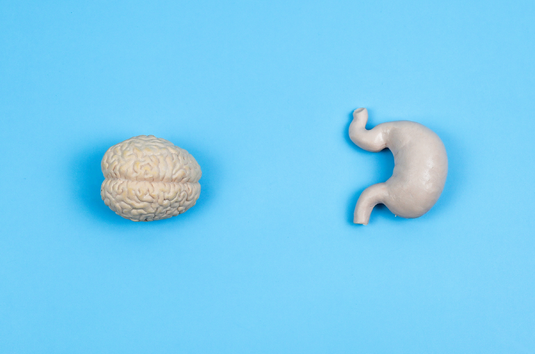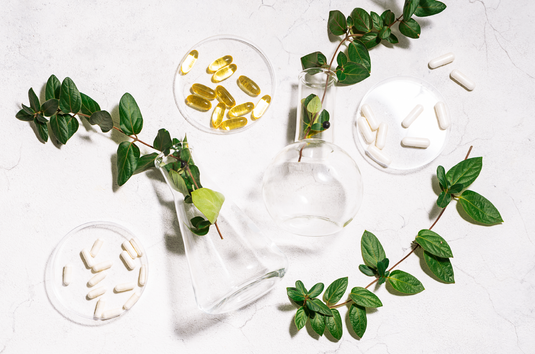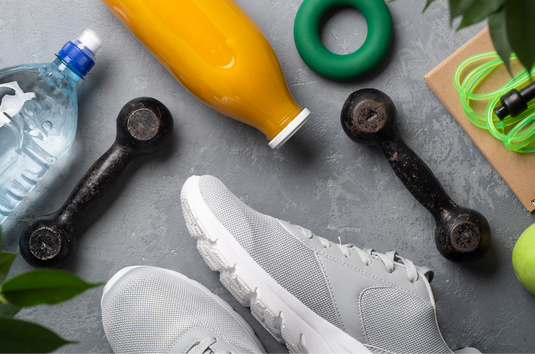Improve Your Mobility
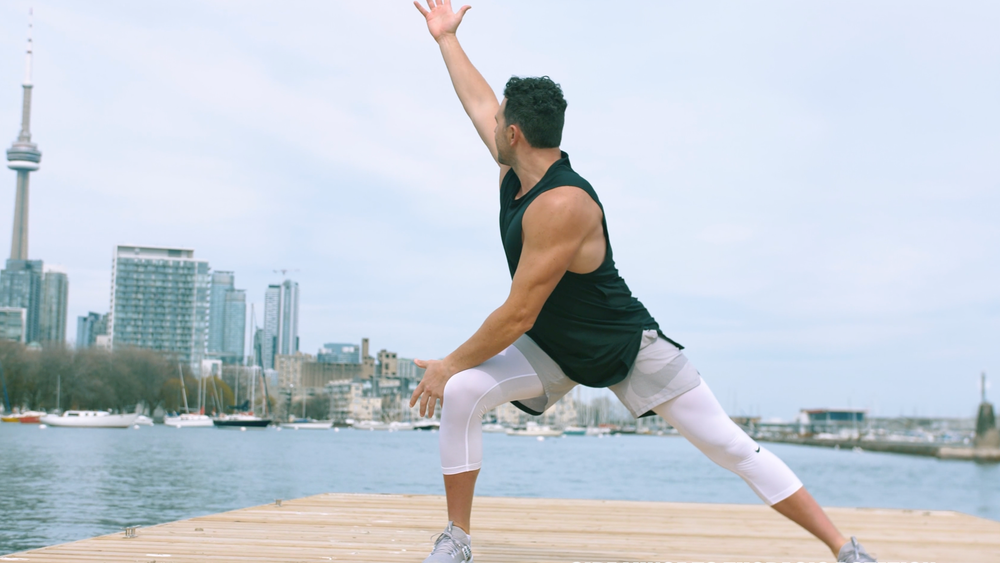
Mobility is key to achieving your full potential and I am a huge advocate for this. Looking back, if there was one thing that I wish I knew more about when I was a professional athlete, it would be the importance of mobility.
Focusing on mobility will give you a strong indication of the strengths and weaknesses of your own body. It allows you to explore movements and positions that you may not be used to and will force you to find what your end range is, over time your range will increase and so will your strength within it.
Finding the balance to maintain your strengths while improving your weaknesses will keep you progressing in activity and in life.
Here is a sequence of movements that you can practice to improve your mobility. This mobility sequence covers your ankles, hips, knees and thoracic spine. Do 10 reps of each movement and repeat the series five times.
Ankles, Knees, Hips, Thoracic Spine
Starting in a neutral standing position, turn your hips one way, have that movement travel down your leg to the knee and then down to your ankle, where you finish the movement with your toe down, heel up and foot in plantar flexion. Have your arms swinging to increase momentum as you transition from one side to the other.
Hips, Thoracic Spine
Starting in a wide stance, soften the knees, hinge the hips back and transition to one side where you will load the hip and glute. Opposite leg is extended, one arm comes crossbody while the other is reaching up in order to achieve rotation through the thoracic spine. Stay low and activated, transition to the other side where the same mechanics apply.
Hips, Thoracic Spine
Starting in a plank position, step one foot outside of your hand, full foot is making contact for your hip opener. To get into corkscrew, plant the opposite hand with full contact, from here extend the back leg and pivot both feet so that they are facing the same direction. Sole of the front foot is down and back foot is on the outer side, opposite hand is reaching up with the shoulders stacked to open up in full expression of this position.
Hips
Start on the ground with your legs in a 90/90 position to be in a shin box. Have your upper body positioned in the middle. To begin, apply pressure to the outside of your front leg and the inside of your back leg at the points of contact, from here leading with your chest and shoulders, lean forward to deepen tension in this position. Come back to your starting point and then proceed to transition to the other side knees up and over coming back into a 90/90 position to be in a shin box on the opposite side. If your hip mobility will not allow you to transition, you may also come up to a kneeling position in order to go from side to side.
Like all good things it takes time to build your range of motion. Achieving mobility requires a high level of attention to detail in order to maximize your progress. You can’t build an indestructible wall in one day. You have to go brick by brick to bulletproof your body.
Focusing on mobility will give you a strong indication of the strengths and weaknesses of your own body. It allows you to explore movements and positions that you may not be used to and will force you to find what your end range is, over time your range will increase and so will your strength within it.
Finding the balance to maintain your strengths while improving your weaknesses will keep you progressing in activity and in life.
Here is a sequence of movements that you can practice to improve your mobility. This mobility sequence covers your ankles, hips, knees and thoracic spine. Do 10 reps of each movement and repeat the series five times.
Ankle and Hip Rotations
Ankles, Knees, Hips, Thoracic Spine
Starting in a neutral standing position, turn your hips one way, have that movement travel down your leg to the knee and then down to your ankle, where you finish the movement with your toe down, heel up and foot in plantar flexion. Have your arms swinging to increase momentum as you transition from one side to the other.
Side Lunge to Thoracic Rotation
Hips, Thoracic Spine
Starting in a wide stance, soften the knees, hinge the hips back and transition to one side where you will load the hip and glute. Opposite leg is extended, one arm comes crossbody while the other is reaching up in order to achieve rotation through the thoracic spine. Stay low and activated, transition to the other side where the same mechanics apply.
Hip Opener to Cork Screw with Rotation
Hips, Thoracic Spine
Starting in a plank position, step one foot outside of your hand, full foot is making contact for your hip opener. To get into corkscrew, plant the opposite hand with full contact, from here extend the back leg and pivot both feet so that they are facing the same direction. Sole of the front foot is down and back foot is on the outer side, opposite hand is reaching up with the shoulders stacked to open up in full expression of this position.
Alternating Shin Box
Hips
Start on the ground with your legs in a 90/90 position to be in a shin box. Have your upper body positioned in the middle. To begin, apply pressure to the outside of your front leg and the inside of your back leg at the points of contact, from here leading with your chest and shoulders, lean forward to deepen tension in this position. Come back to your starting point and then proceed to transition to the other side knees up and over coming back into a 90/90 position to be in a shin box on the opposite side. If your hip mobility will not allow you to transition, you may also come up to a kneeling position in order to go from side to side.
Like all good things it takes time to build your range of motion. Achieving mobility requires a high level of attention to detail in order to maximize your progress. You can’t build an indestructible wall in one day. You have to go brick by brick to bulletproof your body.





